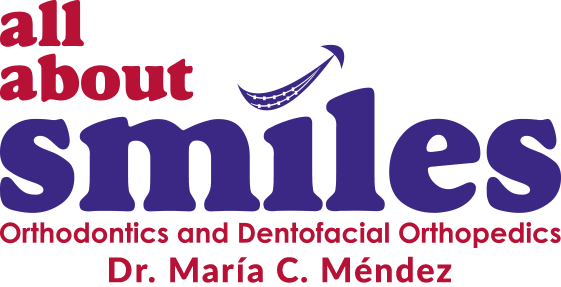If you’re looking for a way to achieve straighter teeth quickly, comfortably, discreetly, Invisalign in Orlando may be the solution you’re looking for — at any age. Teenagers who shudder at the thought of wearing wire and metal braces may prefer wearing invisible aligners that they can take out whenever they wish (within limits). Adults and seniors may finally be ready to achieve straighter teeth, but aren’t excited by the prospect of reliving the horrors of teenage years. Teen or adult, here’s what you need to know about Invisalign near you.
What are the differences between Invisalign for teens and adults?
There are two significant differences between Invisalign treatment plans for teenagers and adult patients.
Tracking time
A successful Invisalign treatment plan depends on you wearing your aligners for between 20 and 22 hours daily. There’s an understandable tension when it comes to that requirement. After all, one of the biggest advantages of Invisalign compared to traditional braces is the ability to remove your aligners as you wish.
Every orthodontist in Orlando realizes that that tension and temptation can be difficult for teens and adolescents to manage. (Heck, it can be difficult for adults, too, but that’s another conversation.) To help teens who wear Invisalign in Orlando to keep their aligners on for as long as required, Invisalign for teens comes with a blue indicator dot on each aligner that tracks just how long the aligner was worn every day.
Number of aligners
The second primary difference between Invisalign for adults and Invisalign for teens is the number of aligners required to accomplish each treatment plan. Typically a teen patient receives more (and duplicate) aligners for the simple reason that they can be expected to lose some during day to day life. When it comes to this risk, there are two options. Your orthodontist near you can either hope your teen doesn’t lose any aligners, but place the treatment plan on hold if that happens. Or, your orthodontist in Orlando can provide back up aligners in anticipation of a teen’s life being hectic and occasionally disorganized. By erring on the side of caution, you can be sure your teen’s treatment stays on track even when an aligner is lost.
What Invisalign for teens and adults has in common
Despite those two differences, the core features of Invisalign that make it such a popular and effective treatment option for straightening crooked teeth are the same for teenage patients and adult patients. Those primary common features are:
- Invisalign’s aligners are invisible so that you’ll receive orthodontic discreetly while avoiding any stigma and escaping any teasing
- The aligners used in Invisalign near you are made from smooth thermoplastic material that is designed to fit sleekly against your teeth without any protrusions or sharp edges
- Unlike traditional wire and metal braces that are very hard to keep clean by brushing and flossing, you can remove your aligners to brush and floss your naked and smooth teeth without any interference or obstruction whatsoever
- During an Invisalign treatment plan, you’ll be able to eat whatever you want whenever you want without any interference from braces, because you won’t be wearing braces while you eat. You just need to remember to brush your teeth and clean your aligners before popping them back in to keep your treatment plan going.
Invisalign in Orlando may be an ideal option for straightening crooked teeth as an adolescent, teen, adult, or even senior. The features of Invisalign that make Invisalign such a popular and effective option are relevant to people of every age as long as you’re mature enough to comply with your treatment plan to ensure success.
While Invisalign may be ideal for people of every age, that does not mean it is appropriate for every person. To find out if Invisalign is appropriate for your teeth and goals, contact an orthodontist near you to arrange an assessment and consultation.

